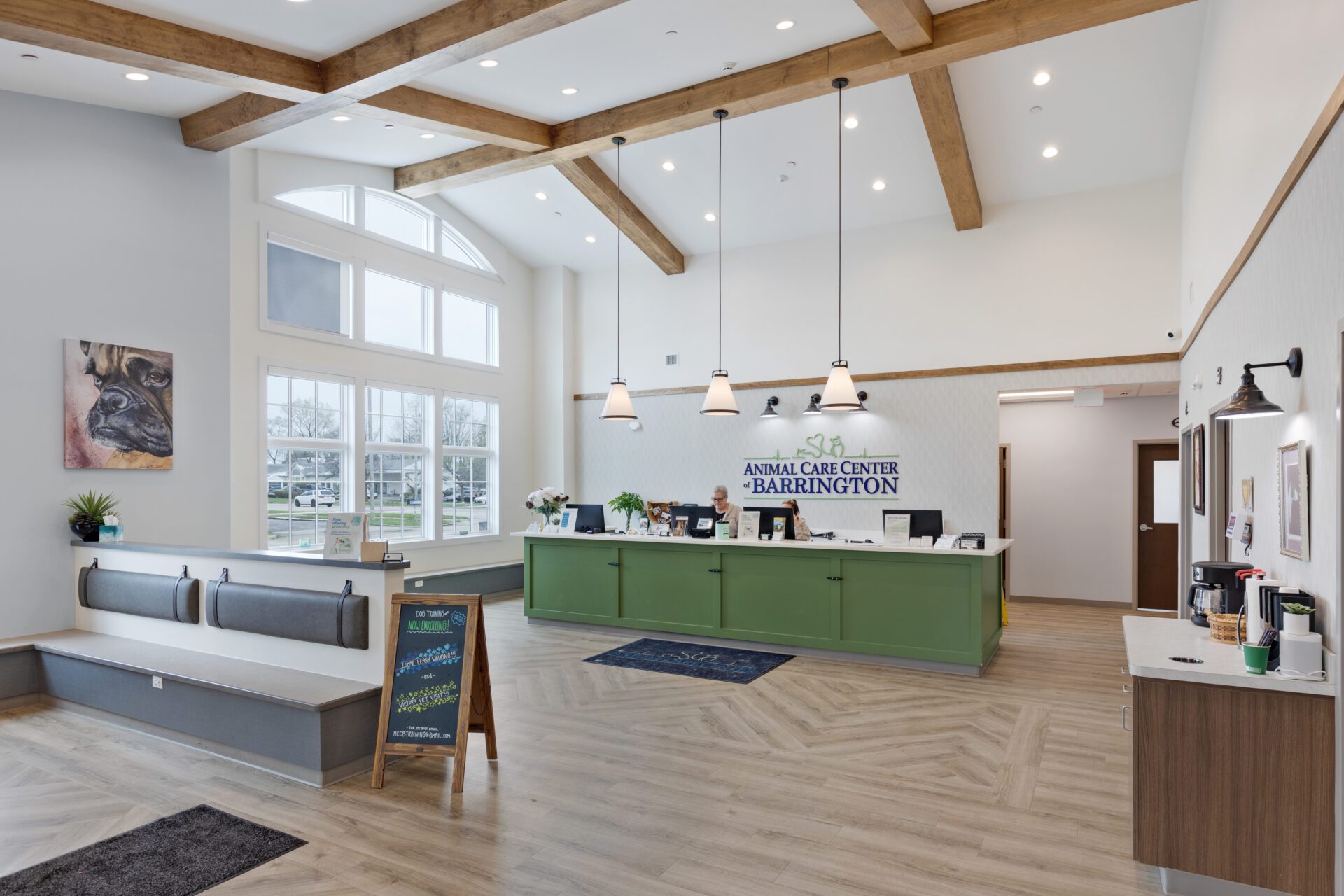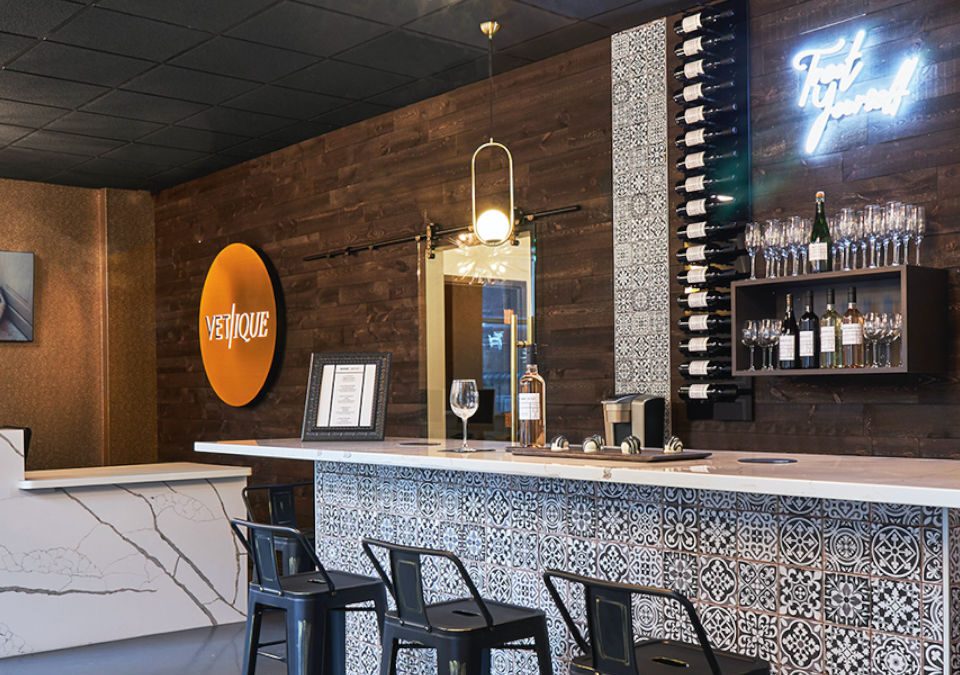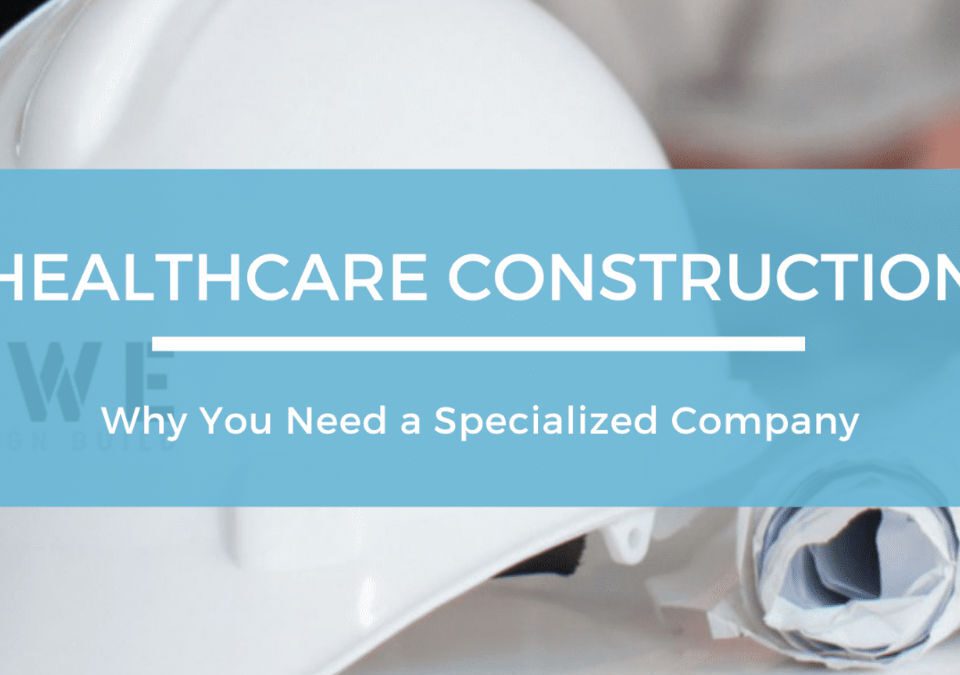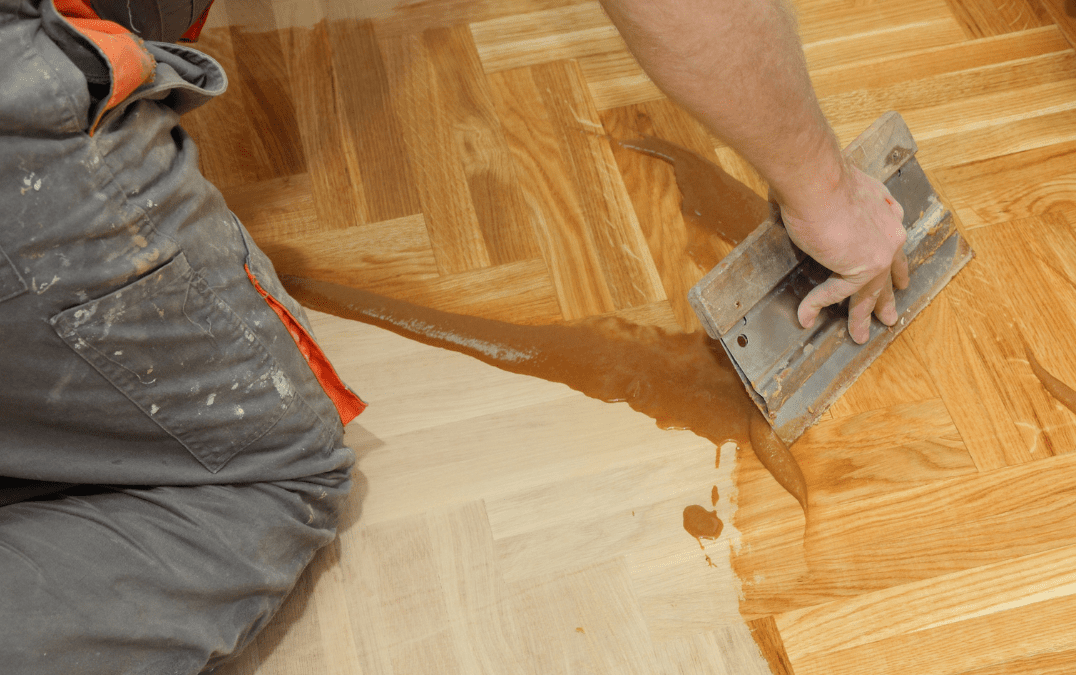Considering renovating an existing veterinary practice or starting anew? Check out these things to consider when you are designing your space.
Designing a veterinary practice involves more than just creating a functional space. It requires careful consideration of the needs of both the animals and their owners. Our team helps clients design veterinary practice spaces that enhance day-to-day experiences for both clients and patients while also optimizing workflow for the veterinary team. In this blog post, we will explore some key things to consider when designing your veterinary practice, ensuring it becomes a welcoming and efficient space for all.
Functional Layout: One of the primary considerations in designing a veterinary practice is to create a functional layout that supports the flow of activities. Divide the space into distinct zones, such as waiting areas, examination rooms, treatment areas, surgical suites, and recovery spaces. Ensure that these areas are easily accessible and logically connected, allowing for smooth transitions between them. Efficient space planning can improve productivity and minimize stress for both staff and animals.
Welcoming Reception Area: The reception area serves as the first point of contact for clients. It should be designed to create a warm and inviting atmosphere, promoting a positive first impression. Incorporate comfortable seating, soothing colors, and natural lighting to create a calming environment. Display informative brochures, educational materials, and pet-related artwork to engage and educate pet owners while they wait.
Dedicated Examination Rooms: Well-designed examination rooms are essential for providing quality care. Include multiple examination rooms that are adequately sized and equipped with the necessary veterinary equipment. Ensure the rooms have good lighting, ample space for the veterinarian to conduct exams, and comfortable seating for clients. Integrating storage cabinets and workstations within the examination rooms allows easy access to supplies and medical records, promoting efficiency.
Specialized Treatment Areas: Designate separate treatment areas for routine procedures, such as vaccinations, dental care, and laboratory work. These spaces should be well-equipped with the necessary tools, diagnostic equipment, and treatment stations. Adequate storage for medical supplies and medications should also be incorporated to maintain organization and accessibility.
Surgical Suite and Recovery Spaces: For surgeries, a dedicated surgical suite is vital. It should be designed to accommodate surgical tables, lighting systems, anesthesia machines, and monitoring equipment. Adequate space should be provided for the veterinary team to move around comfortably. Additionally, creating separate recovery spaces with appropriate monitoring capabilities ensures the safe and comfortable postoperative care of animals.
Efficient Workflow and Staff Support: Consider the workflow and daily operations of your veterinary practice. Design the layout to facilitate a smooth flow of patients and staff. Implement features such as centralized workstations, convenient access to medical records and diagnostic equipment, and strategically placed storage areas.
Pet-Friendly Amenities: To create a pet-friendly environment, incorporate features that cater to the needs of animals and their owners. Consider providing separate waiting areas for cats and dogs to minimize stress and ensure a comfortable experience for all. Incorporate non-slip flooring and easily cleanable surfaces to maintain hygiene. Comfortable and secure holding areas should also be included for animals waiting for procedures or recovery.
Designing a veterinary practice involves a thoughtful blend of functionality, comfort, and efficiency. By incorporating a functional layout, a welcoming reception area, well-designed examination and treatment spaces, specialized surgical and recovery areas, and efficient workflow support, you can create a veterinary practice that provides quality care for animals while enhancing the overall experience for clients. Remember, a well-designed space not only benefits your patients and clients but also contributes to the success of your veterinary practice. If you’ve been considering renovating an existing practice to enhance your daily workflows or are looking to create a new facility from the ground up, we’d love to be your guide.
Schedule your complimentary consultation with one of our experts today!



